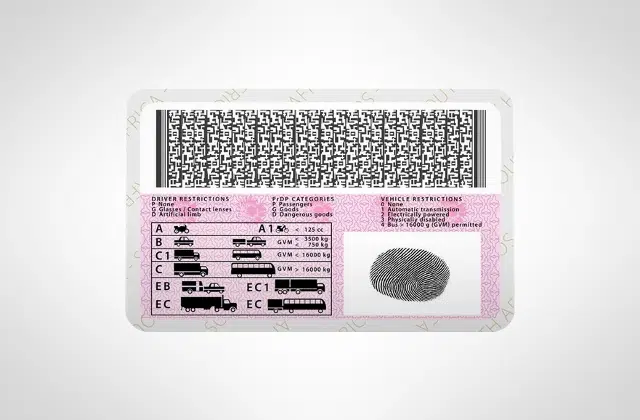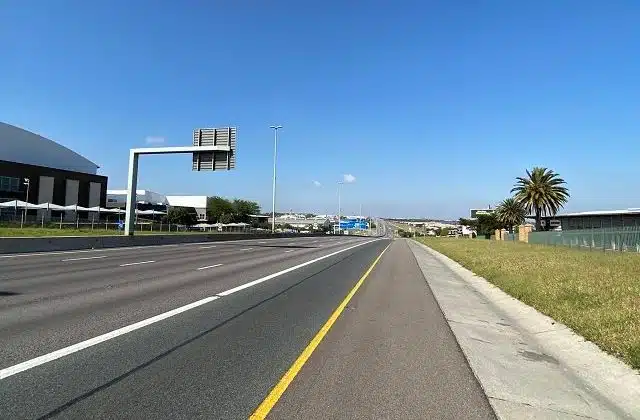
The bad news for car buyers in South Africa
While the latest indicators for the second quarter of 2021 suggest an uptick in the local car market, the combined effects of the latest third wave lockdowns and civil unrest could hit the South African automotive industry hard in the coming months – with potential knock-on effects for the economy, warns TransUnion.
According to the latest TransUnion SA Vehicle Pricing Index (VPI), total financial agreement volumes in the passenger market increased substantially year-on-year, with a 64% rise in Q2 2021 over the lockdown-affected Q2 2020, which saw the local industry register no sales in April 2020.
However, these ‘green shoots’ could be wiped out by the recent level 4 regulations and July’s civil unrest, which severely disrupted motor manufacturing operations and supply chains, said Kriben Reddy, vice president of auto information solutions for TransUnion Africa.
“Where 2020’s level 5 lockdowns created a demand issue in the market, the combination of the 2021 level 4 lockdowns and civil unrest have created both demand and supply issues, with motor
manufacturers suspending operations and supply chains coming to a halt.
“The knock-on effects could be significant: if manufacturers aren’t building, selling and exporting cars, they need fewer people, which leads to greater unemployment and a major setback for an industry which contributes 6.7% to GDP,” said Reddy.
The Q2 VPI showed a dramatic rise in the price of used cars as demand for quality used stock surged.
While new vehicle finance deals in Q2 increased year-on-year by 52%, the number of deals for used vehicles increased by 70%. Accordingly, the VPI for new vehicles eased to 6.1% in Q2 2021 from 6.5% in Q2 2020.
Meanwhile, the used vehicle VPI rose sharply to 4.9% from 1.6% a year ago and is expected to surpass the new vehicle VPI this year.
The VPI measures the relationship between the increase in vehicle pricing for new and used vehicles from a basket of passenger vehicles which incorporates 15 top volume manufacturers. The index is created using vehicle sales data from across the industry.
The used-to-new vehicle ratio continued to climb, at 2.67 used vehicles financed for every new vehicle financed. In all, 35% of used vehicles were under two years old, with the number of demo models financed dropping from 6% in Q1 2021 to 4% in Q2, which indicates consumers are opting for older vehicles as pressure on disposable income increases.
The percentage of cars (both new and used) being financed below R200,000, R200,000-R300,000 and over R300,000 saw lower volumes in the lowest bracket and more activity in the over R300,000 bracket.
This is due to ongoing price increases which have pushed many new vehicles over the 300,000 price point.
There is also a growing trend of consumers downgrading from a two-car household and opting for one slightly more expensive vehicle, for example, trading two sedans for one SUV. This is expected to continue in the upcoming months as vehicle prices increase in real terms.
“While the macro-economic outlook had been improving at the time we compiled the report, consumer confidence remains low. We know from our wider Consumer Pulse studies that household finances remain under pressure which is impacting consumers’ disposable income.
“We’re seeing the impact of this clearly reflected in the car market, as consumers look for more affordable options,” said Reddy.
“Overall, the market has shown signs of recovery from last year, but new obstacles await. The next six months will be interesting for the automotive sector as the effects of consumer uncertainty and disrupted supply chains will inevitably delay purchases, which will cause dealers to rethink their approaches and seek alternative streams of income.”
Perfect storm
The month of July saw the South African economy being hit by the ‘perfect storm’ and the impact on the motor industry was huge, said Mark Dommisse, chairperson of the National Automobile Dealers’ Association (NADA).
Commenting on the latest vehicle retail sales figures distributed by Naamsa, Dommisse said that the effect is not limited to July and will in all likelihood have an ongoing negative effect for several months to come.
“Dealers face stock shortages while local manufacturers battle to keep production going due to disruptions in the component supply chain caused by global semi-conductor shortages and the cyber-attack on the port operating systems, disruptions in KwaZulu-Natal and parts of Gauteng as well as the reimposition of level 4 Lockdown,” he said.
The civil unrest that engulfed KwaZulu-Natal and parts of Gauteng last month also hampered some vehicle business operations directly, with Toyota closing its Prospecton Plant for about a week while operations at many dealerships had to be suspended.
The situation also impacted the delivery of new vehicles as well as parts supply in the affected areas.
“However, the sales figures are certainly not as bad as we had feared, with the aggregate total sales in July of 32,949 units being slightly better – 1.7% up – than the situation a year ago,” said Dommisse.
Dealers were responsible for an estimated 86% of sales, with rental companies taking an encouraging 9.2%, while 2.7% of sales went to industry corporate fleets and 2.1% to the government.
On a year-to-date basis, South Africa’s total sales after seven months of 2021 stand at 260,466 units, which is 33.7% higher than at the same time last year.





